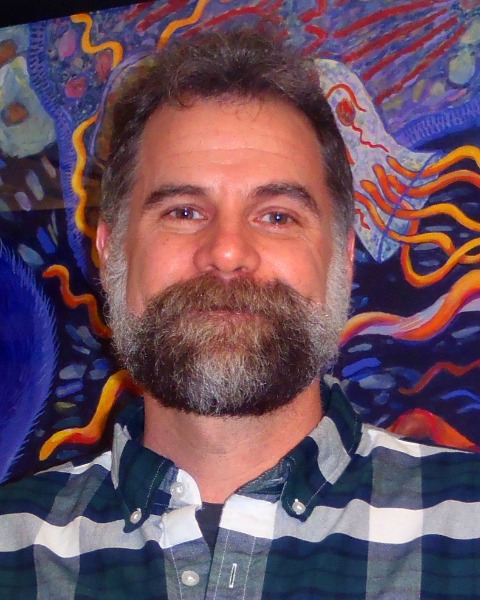Session: Understanding Genetic Regulation of Craniofacial Development in 2023
How to Shape a Face: The Genetic Basis of Cichlid Jaw Shape and Plasticity
Sunday, March 26, 2023
9:30 AM - 10:00 AM US EST
Room: Grand Ballroom Salon I

Craig Albertson, PhD (he/him/his)
Professor
University of Massachusetts
Amherst, Massachusetts, United States
Speaker(s)
How does development produce complex structures (e.g., wings, heads, flowers) from a single cell zygote? How can these developmental programs influence the trajectory of evolution? How does the environment figure into these processes? These questions have inspired biologists for centuries, and recent technological advances are providing unparalleled insights into the roles for genetics in evolution and development, leading to the assertion that we are in a “golden age” of evolutionary genetics. However, genes can typically only account for a fraction of the standing variation within and between populations. This issue is especially true for complex traits, such as the craniofacial skeleton, whose final geometry is determined by a complex interplay between genes and the environment. Here I will review work from my lab that underscores the utility of genetic mapping in understanding the basis for facial geometry, but in doing so I will also highlight the need to expand this paradigm to include environmental cofactors. In particular, I will discuss the extent to which the environment shapes the craniofacial G-P map (Spoiler: It does. A lot!). I will also present recent efforts in the lab to understand the specific molecules that sensitize the craniofacial skeleton to receive, interpret, and response to environmental input. Collectively, these studies represent our first small steps into a more complex, but comprehensive, understanding of the connection between genotype and phenotype.

